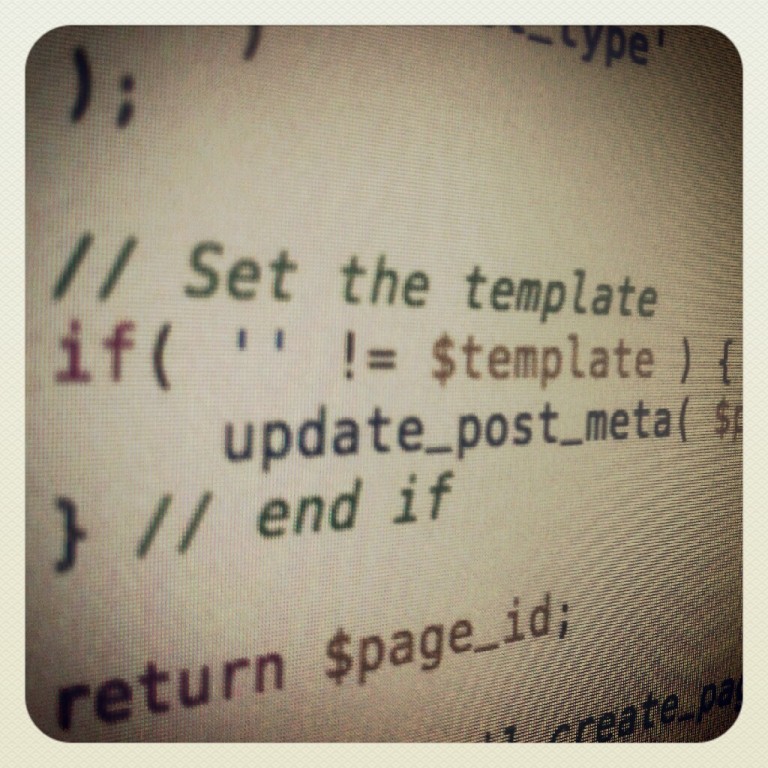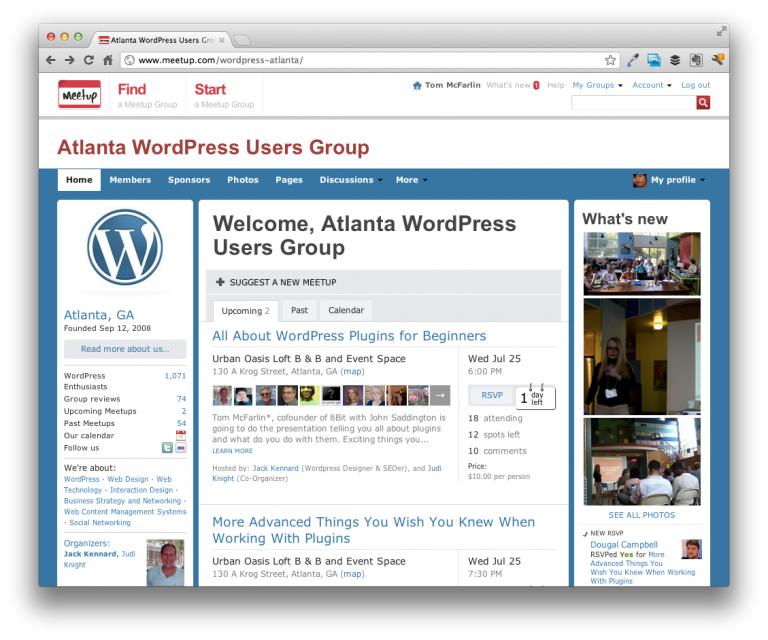
In my experience, one of the biggest pet peeves that others have with hiring developers to build a product for them, is that the client and the developer have completely different ideas as to what it means to be “done.”
By that, I mean developers (especially younger developers) consider a project to be done when the code has been written. But, come on, there’s so much more to it than that – aside from the usual staging enivronment, testing, and deployment, there’s also the issue of support.
Support looks different based on the nature of the product: Some may need on-going support via forums, some may need maintenance, others may need some form of documentation or a manual.
Up to this point, providing documentation for WordPress-based projects has normally been relegated to something like README files or websites, but as WordPress continues to become a more popular foundation for building not only sites and blogs, but applications, too, the need for solid documentation is only increasing.
Continue reading




